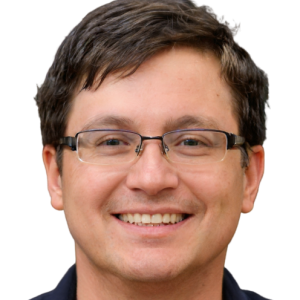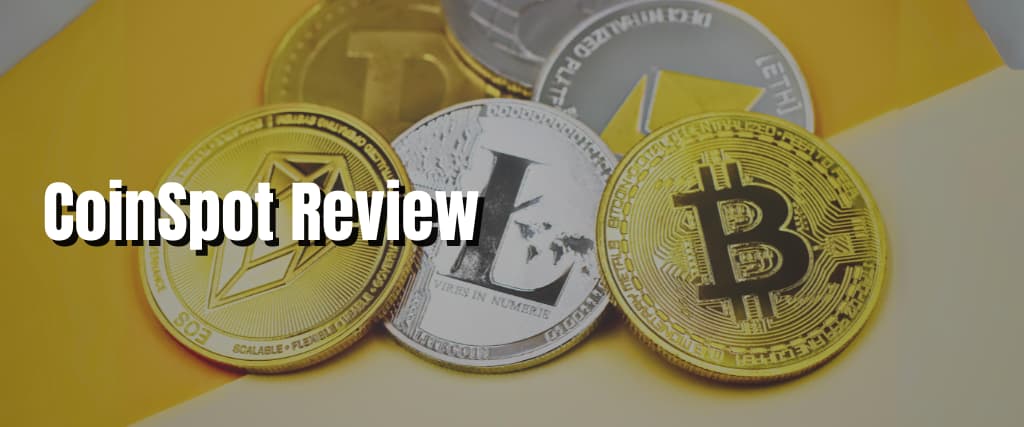Since its inception in 2009, Bitcoin (BTC) has come a long way. When BTC began trading, it went from approximately $0.0008 to 0.08 per coin. Currently, it’s the gold standard for all crypto assets.
Currently, 1 BTC goes for $39,262.60, which is higher than all the other crypto assets. Some coins are yet to hit the $1 mark.
Luckily, traders don’t have to invest in whole assets. They can purchase BTC at a fragment of its actual value. Even though investors can purchase BTC from exchange platforms such as Swyftx, some individuals prefer to mine BTC.
This article discusses how you can mine BTC in Australia, the associated costs, and whether mining is a profitable BTC acquisition method.
What Is Bitcoin Mining?

When most people think about mining, they picture individuals with shovels covered in dust and mud in their attempt to find gold. If this is what you think of BTC mining, you couldn’t be further from the truth.
If you immediately imagined tech gurus with several computers searching the deep web for computational puzzles, you are on to something.
This is called mining because, like precious minerals, one must extract BTC from somewhere. However, rather than actual mining sites, you use computers. In essence, BTC mining involves the extraction of Bitcoin from the dark web.
Here’s an overview of BTC mining: when Bitcoin founder Satoshi Nakamoto introduced this asset, he limited the supply to 21 million globally. Once people mine all the BTC, no new coins will be disseminated.
Presently, people have mined approximately 18.5 million BTC. This means the amount of BTC that hasn’t been mined yet is less than 3 million.
BTC mining involves solving complicated math problems using powerful computers since the equations are too difficult to be solved in any other way. This means regular PCs can’t mine BTC.
Brief Rundown of Australia’s BTC Mining
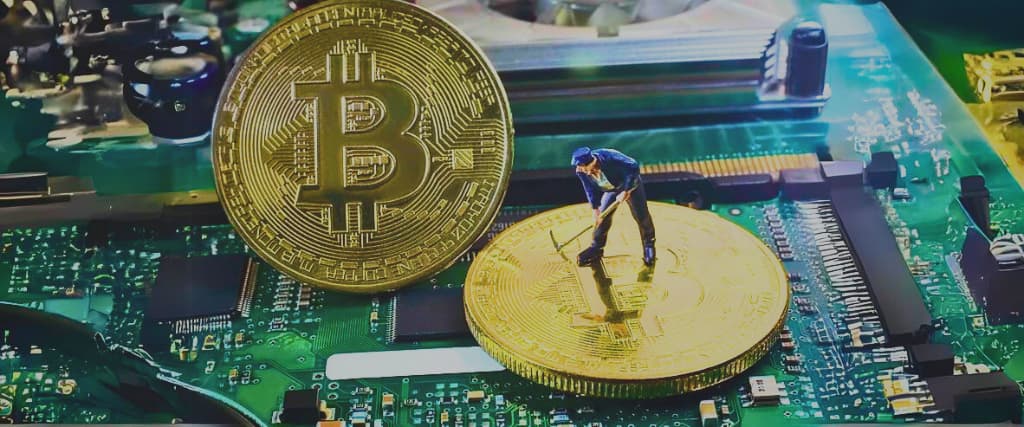
Bitcoin isn’t fiat currency; therefore, it isn’t bound by the laws that regulate fiat money. BTC supply can only be regulated through mining since it isn’t distributed and issued through a regulated entity.
BTC mining has two leading roles:
- Creation of new BTC.
- Authenticating novel transactions on BTC’s network.
All crypto transactions on the network are usually recorded on decentralised ledgers. Before a transaction is performed, independent nodes verify it and then record it. This protocol is necessary since it prevents BTC from being sent to the wrong address. It also minimises the occurrence of fraud.
Once a transaction is recorded on the ledger, you can’t change it. Thus, you can’t send or spend the exact BTC multiple times. BTC miners can be considered auditors who safeguard the BTC network and users by ensuring every transaction is authenticated.
Since mining is intensive, BTC miners are usually awarded Bitcoin rewards each time they authenticate a transaction. These rewards are BTC that haven’t been spent yet. There are two things the miner can do with this BTC: trade it on exchange sites or hold it.
How Bitcoin Mining Works

BTC miners have to decode complex computational puzzles to get Bitcoin rewards. All the authenticated transactions are usually categorised jointly on a blockchain. This means that a Bitcoin blockchain contains all transactions that have been done since the introduction of BTC.
Miners need a cryptographic hash — a single-use encryption tool — to verify a transaction. Miners must review all the potential data combinations till they identify which one complements the cryptographic hash. This makes the process of decryption very difficult.
There are trillions of potential combinations. Once miners identify the accurate data combination, they use it to identify the blockchain for that specific transaction. As a result, this transaction can’t be interfered with.
Mining has difficulty levels that typically change every 2,016 blocks or two weeks. The number of hash power miners require to mine blocks determines the difficulty level.
The difficulty levels are made to maintain the time it takes to authenticate a transaction to roughly 10 minutes. The difficulty levels also depend on how many miners are in the network and their computing power.
When BTC was launched, one could mine BTC using high-speed graphic cards on a regular PC; however, this is no longer viable. Technological advancement has led to the development of advanced hardware to mine BTC.
Bitcoin Mining Methods
There are two major ways you can mine BTC in Australia:
1. Personal Mining
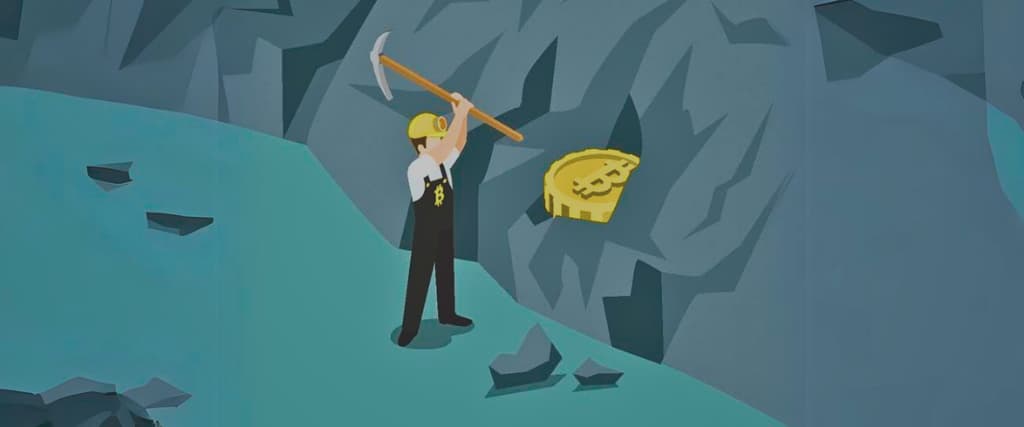
This kind of BTC mining requires sophisticated ASIC hardware, which is quite expensive. Before embarking on this venture, ensure you have a fast Internet connection and the willingness to make a notable investment. You must also have access to low-cost electricity.
The first step in personal mining is purchasing ASIC chips whose costs differ based on the model and if it’s new. On average, ASIC hardware usually costs roughly $500-$10,000.
You must then pair the ASIC chip with the appropriate software. Once you’ve done this, you can begin mining BTC in the comfort of your home.
Nevertheless, personal mining is expensive; joining a BTC mining pool is more affordable. A BTC mining pool allows you to partner with like-minded individuals and gets rewards depending on your contribution.
Bitcoin mining pools usually charge admission fees. However, they are usually affordable. That said, select an established and credible pool to safeguard your investment.
Steps Involved in Bitcoin Acquisition Via Personal Mining
1. Purchase a Mining Returns Calculator
This calculator will assist you in determining whether the BTC you earn will be more valuable than the money you’ll put into mining.
The leading BTC mining calculators in Australia are Cryptocurrency Compare and Buy BTC Worldwide.
2. Choose the Correct Mining Hardware
Compare different ASIC chips. Focus on their features and cost to find the one that best suits your needs and budget. On average, ASIC mining devices usually cost between a few hundred dollars and $10,000.
You can buy these devices on online sites like Amazon. Remember that you might have to purchase a separate power supply unit for this device.
3. Join a Reputable BTC Mining Pool
Joining a BTC mining pool increases your likelihood of making mining profitable since you’ll collaborate with other miners.
4. Download the Best Mining Software
Check out different mining software such as MultiMiner, Awesome Miner, CG Miner, and BFGMiner, and compare their features.
Some of these software come with a Graphic User Interface (GUI) and hence are easy to use, while others come with command-line programs. However, if you join a pool with its software, you don’t have to purchase one.
5. Begin Mining
Purchase a safe wallet for your BTC. Ensure you’re always up to date with the mining challenges adjustments and current BTC prices. This will help you to keep your setup lucrative.
2. Cloud Mining
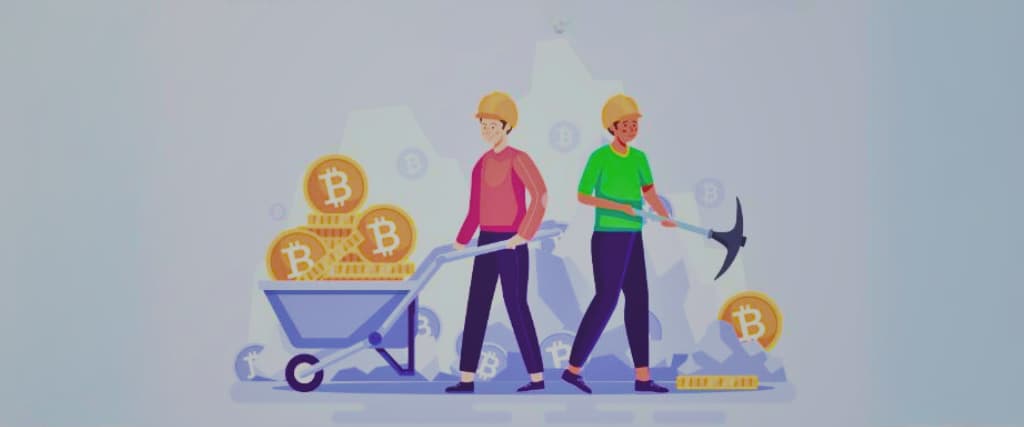
You have to buy mining chips to make BTC mining a lucrative venture; however, these devices are expensive. As a result, miners usually opt for BTC cloud mining services like Genesis and Hashflare Mining.
Cloud Mining services essentially let miners rent the mining chips, and someone else does the actual mining on your behalf.
The most significant advantage of this mining is that the initial capital required is significantly smaller. However, the risk level is higher since you don’t control the mining hardware.
Some investors have reported several cloud mining schemes; therefore, make sure you go for a reputable service provider.
Steps Involved in BTC Acquisition Via Cloud Mining
1. Choose a Reliable Cloud Mining Service Provider
Compare different cloud mining service providers. Analyse each provider’s safety procedures, reliability, charges, and associated costs. Australia’s leading cloud mining service providers include Hashflare, NGSCrypto, Hashing24, Genesis Mining, and Bitcoin.com.
2. Choose the Right Mining Package
Once you’ve selected a service provider, go through the mining contract to determine the duration. Ensure you check which mining chips they’re providing and compare them with that of other cloud mining service providers.
Presently, the top mining hardware device is the Antminer S19 Pro. It has a 110.0 TH/s Hash power. Other great mining hardware gadgets include AvalonMiner 1246 and WhatsMiner M30S++.
3. Compare Various Mining Pools
After choosing a plan, compare the leading Australian mining pools. The best pools are AntPool, Slush Pool, and ViaBTC. Ensure you look through their track record and reviews to find the one that best suits your needs.
4. Begin Mining BTC
Remember to store your BTC assets in a secure wallet under your control.
The Cost of Bitcoin Mining in Australia
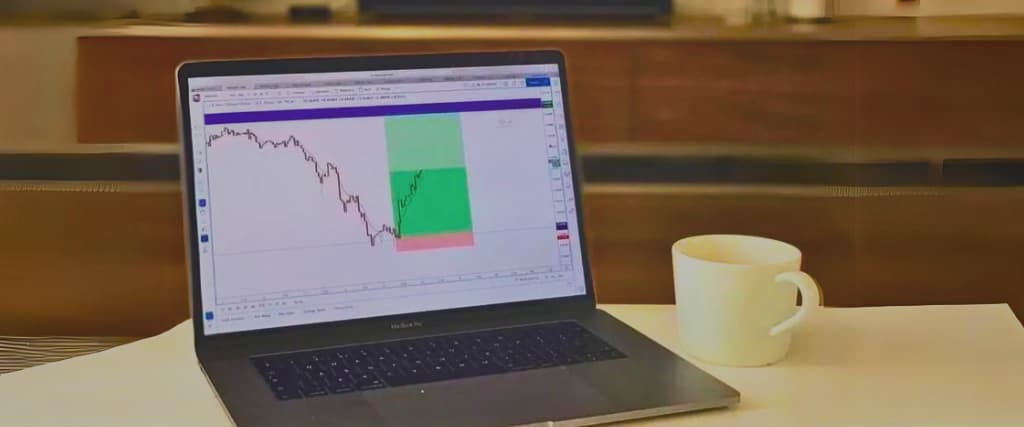
Before venturing into BTC mining, it’s essential to acquaint yourself with the cost and complexity of the process.
Two significant costs related to BTC mining are equipment and electricity costs. In Australia, electricity costs between 23c/kWh and 40c/kWh. Mining hardware devices can cost anything from a few hundred to thousands.
You have to ensure the mining costs are lower than the amount of BTC you’ll mine. You can earn a decent profit with the correct setup and strategy, personal or cloud mining.
Leading Bitcoin Mining Software in Australia

Before choosing a mining software, check your hardware for any software specifications. Some of the best BTC mining software in Australia include:
- Bitcoin Miner: This software runs on macOS and Windows, and its user interface is very interactive. Bitcoin Miner features include pool support, profit reports, quick share submissions, and a power-saving mode.
- EasyMiner: This BTC mining software is only compatible with Linux and macOS. It supports different personal and pool mining protocols and performance graphs.
- RPC Miner: This software is compatible with macOS and has API integrations.
- CGMiner: It’s compatible with Windows, Linux, and macOS. It’s also equipped with a fan for speed control. Additionally, it also comes with a block self-detection element.
- BFGMiner: This software is compatible with macOS, Linux, and Windows. BFGMiner has similarities with CGMiner. However, it’s made explicitly for ASIC.
Factors to Consider When Choosing a BTC Mining Hardware
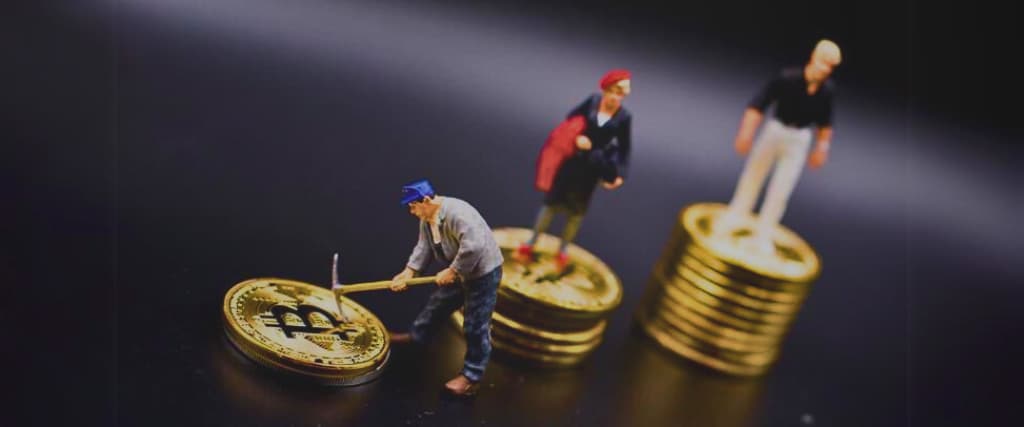
Before purchasing BTC mining chips, you have to consider the following factors:
1. Hash Rate
The hash rate refers to the approximate number of computations your ASIC devices can perform each second. If it’s high, it’ll result in more calculations every second, translating to more BTC rewards. BTC hash rates range from 336 MH/s to 14,000,000 MH/s.
2. Consumption of Energy
The connection between hash rate and the energy consumption is vital to the rewards you earn. Divide the hash rate by the amount of power consumed to determine the energy consumption.
For example, if the hash rate is 9,000 MH/s and the energy consumed is 64 watts, the power consumption is 281.250 MH/s per watt. The good thing is that online calculators can give you an approximation of the power you’ll use. Therefore, you won’t have to do the calculations yourself.
What’s the Hardware Used to Mine Bitcoin in Australia?

There are three major hardware classifications for BTC mining:
1. Graphics Processing Unit (GPU)
A Graphics Processing Unit, also known as a graphics or video card, is made to handle recurring tasks that frequently strain the processing power of the CPU.
Gamers and graphic designers mainly use the GPU to render three-dimensional graphics and intensive videos since it’s essentially a chip dedicated to these tasks.
The main advantage of GPU Bitcoin mining is its ease of access and high efficiency. One can repurpose a graphics card to be used specifically for BTC mining. The major drawback is that a GPU’s power consumption is very high.
The leading BTC mining graphic cards are Nvidia GeForce RTX 2080 Ti, MSI Gaming GeForce RTX 2070, MSI Gaming GeForce GTX 1080 Ti, and ASUS ROG Strix AMD Radeon RX 5700 XT.
Due to limited supply and high demand, GPU costs anywhere between $1000-$3000 on digital sites like Amazon and eBay.
2. Application Specific Integrated Circuit (ASIC)
This is a specialised chip designed for a particular purpose. For instance, the chip is specifically made to solve the complex hash algorithm in BTC mining.
The main reason BTC miners prefer using ASIC to mine BTC as opposed to using the GPU or CPU is that they have a high hash rate and have low power consumption. These devices are also very efficient.
The main disadvantage of using ASIC chips is they have a relatively short lifespan and are pretty pricey.
These chips cost $2,000-$10,000. The leading BTC mining ASIC chips in Australia are AvalonMiner 1246, WhatsMiner M30S+, WhatsMiner M30S++, and Antminer S19 Pro.
3. Central Processing Unit (CPU)
The CPU’s primary function is to allow programs such as web browsers or word processors to run.
When Satoshi Nakamoto launched BTC, only a few people were in the network; therefore, mining didn’t require a lot of power. Thus it was possible to compute the hashes for each second.
Mining with the CPU doesn’t need any advanced hardware. Nevertheless, it strains the CPU. Initially, one could mine BTC in the background as they performed other tasks.
Presently, CPU mining is almost impossible since the hash rate on the network is high; therefore, it isn’t profitable.
Why Is There a 10-Minute Time Restriction When Mining Bitcoin Blocks?

The block time restriction was set by the Bitcoin founder, Satoshi Nakamoto. The logic was that if the time were too quick, individuals would mine BTC quickly.
This would affect the rate of inflation. Alternatively, if the mining rate were too slow, there’d be delays in BTC transaction approval.
Is Mining BTC Australia Profitable in Australia?
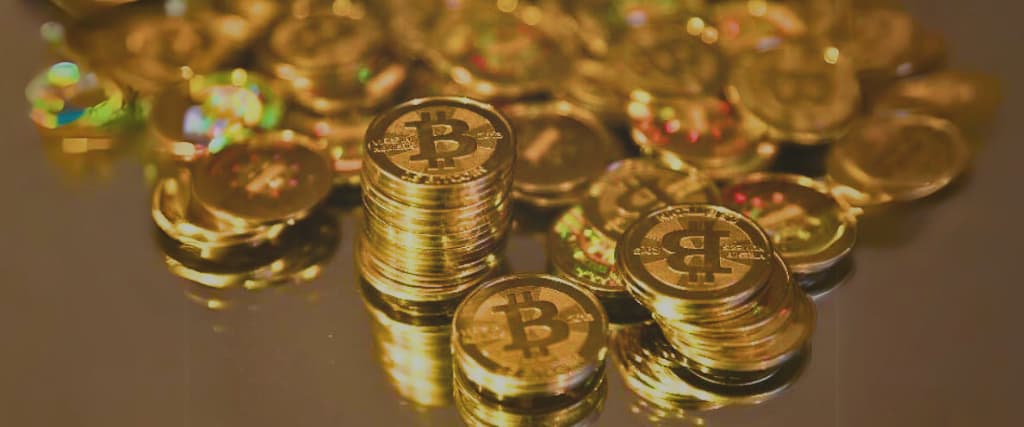
Now that you know everything there is to know about BTC mining in Australia, you’re probably wondering if it’s a profitable undertaking.
Mining BTC can be rewarding; however, you must be willing to invest heavily.
Mining isn’t something you can do as a pastime since you’ll compete with pools and large companies.

